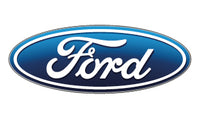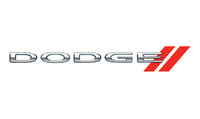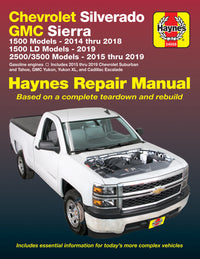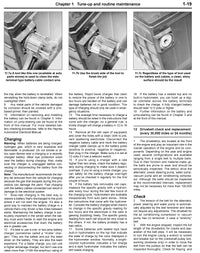The air/fuel mixture entering the engine is crucial, because if it's wrong then the engine won't run properly and you'll likely use a whole lot more fuel than you need to. And nobody wants that. Except maybe the oil companies.
The variation in this air/fuel mixture is genrally described as the engine running ‘a bit rich’ or ‘a bit lean’, but what does this actually mean?
Well, when you here people talking about things being ‘rich’ or ‘lean’ they are actually referring to amount of fuel present. This is also known as the air/fuel ratio, or AFR for short.
By ‘a bit rich’ we mean there is too much fuel being fed into the engine, and by ‘a bit lean’ we mean there is not enough fuel, therefore the air/fuel ratio is incorrect and needs adjusting to get the balance right again.
When talking about air/fuel ratios you will also hear people talking quite a lot about something called a stoichiometric mixture, or ‘Lambda 1’.
Both refer to the point at which the air and fuel mixture is perfect for a gasoline engine – it’s just enough fuel to provide a nice, clean, and safe combustion with minimal emissions. This occurs when we have 14.7 parts of air to one part of fuel, or an air/fuel ratio of 14.7:1. Divide the actual AFR by the stoichiometric ratio and you get the Lamba number, which will be 1 if they are both the same, greater than 1 if there is more air than ideal, or less than one if there is too much fuel.
The 14.7:1 ratio is perfect for idling and light throttle cruising conditions as it’s the most efficient mixture possible, meaning the best fuel economy and lowest emissions. However when we want the engine to start making more power (when we accelerate, for example) we don’t want efficiency, we want power. Under those conditions we need a different air/fuel ratio, to make more power. Typically, maximum engine power is achieved using an air/fuel ratio of around 12:1.
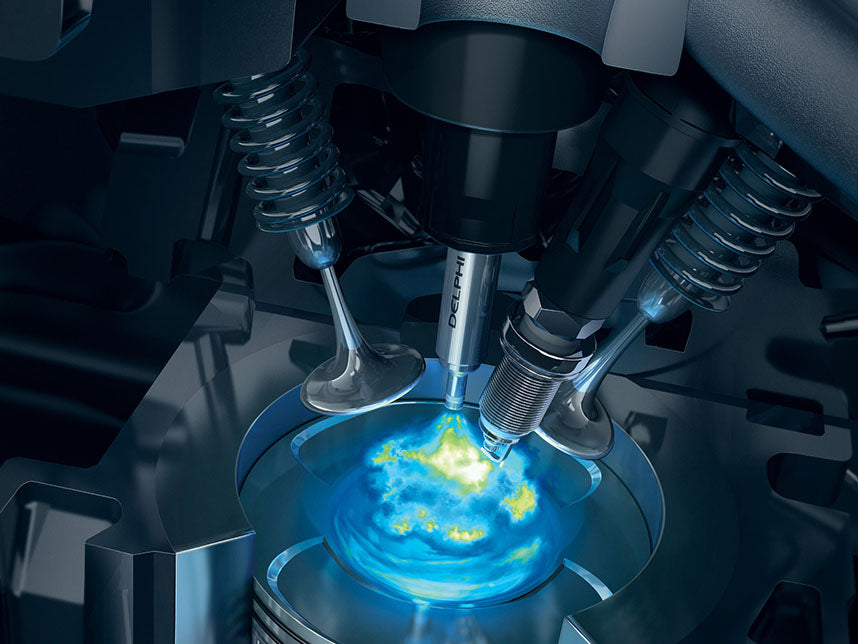
A modern engine will take information from various different sensors (such as throttle position, mass air flow, and lambda/O2 sensors to name a few) and alter the amount of fuel being delivered to adjust the air/fuel ratio accordingly.
It is important to ensure the air/fuel is correct for your engine at all times. An engine running a rich AFR mixture will result in terrible fuel economy and increased emissions, but a lean AFR can potentially be much worse! A lean mixture will cause a much hotter burn, potentially hot enough to melt pistons and spark plugs, and cause untold amounts of damage to the engine’s internals.
